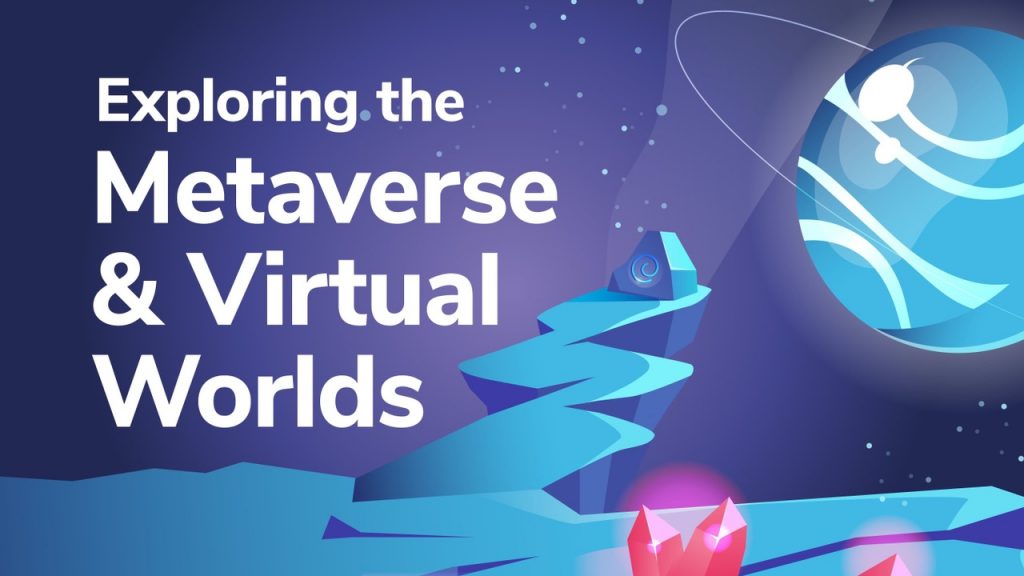
Interest in blockchain-based virtual worlds is hitting all-time highs, inspiring many to ask, what exactly is “the metaverse”? This article will study the metaverse, what it is, why it’s essential, and some of the trends to look for in 2021.
The term “metaverse” can mean different things to different people. However, the common ingredients remain the same. They include blockchains, cryptocurrencies, Non-Fungible Tokens (NFTs), and the three realities:
- Augmented Reality (AR)
AR takes a real-world environment and overlays virtual objects into it.
- Mixed Reality (MR)
MR goes further than AR and anchors virtual objects to real-world environments.
- Virtual Reality (VR)
VR allows users to immerse themselves in an entirely artificial digital environment.
While we’re at it, we should also mention Extended Reality (XR), an umbrella term covering all three of the above alternate realities.
Essential Components of the Metaverse
Now that you’re familiar with the typical ingredients, you can picture the metaverse as a collective of interconnected virtual environments. And for those of us in crypto, the most exciting developments are the new blockchain-based worlds on Ethereum.

In a nutshell, the metaverse is the digital world where anything can exist. However, the metaverse needs multiple parts working in collusion to prosper.
- The Internet
A global computer network.
- Media Standards
Standards are needed to ensure compatibility across platforms for audio, video, images, text, 3D scenes, and vectors, etc.
- Programming Language Standards
Such language standards could include HTML, JavaScript, WebAssembly, Shader Language, and others.
- XR
The team at Qualcomm (along with others) envision a future where items like the smartphone, AR glasses, and mobile VR headsets will converge into a single XR wearable. Some think XR could even replace all other screens, including the TV, one day.
- Blockchains
There’s nothing like blockchains for getting permissionless, transparent, and censorship-resistant transactions.
All in all, the above components will be necessary to nurture a growing metaverse.
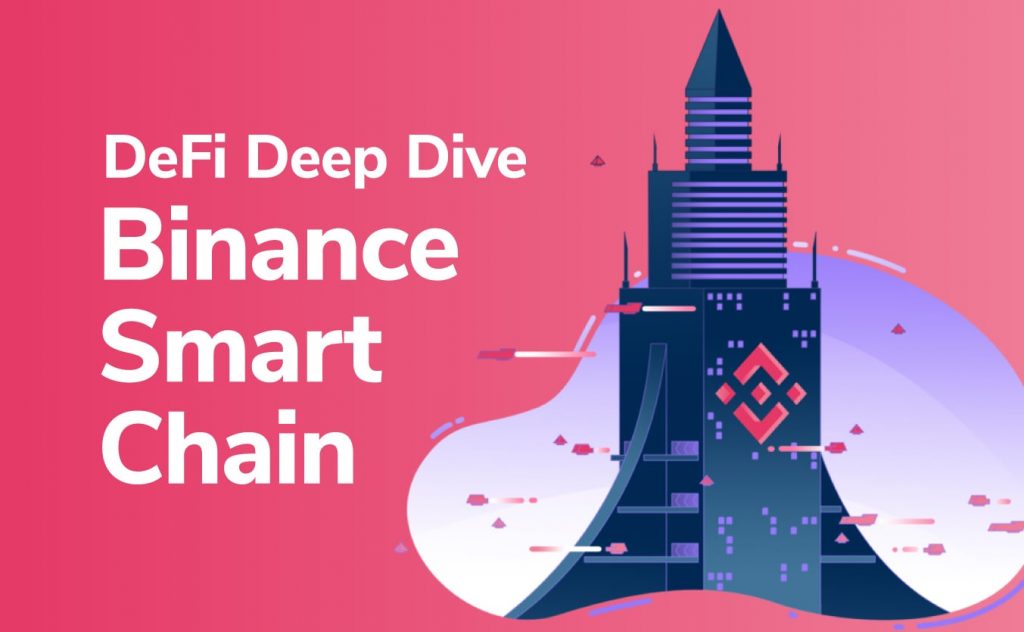
If you’re unsure about blockchains, check out our articles on Bitcoin, Ethereum, and the Binance Smart Chain. Or better yet, head over to Ivan on Tech Academy and take the Crypto for Beginners course.
The Metaverse in Science Fiction and Gaming
Throughout history, science fiction writers have demonstrated an uncanny ability to predict the future. Novelist Neal Stephenson wrote Snow Crash in 1992, where he envisioned a virtual world he called the “metaverse.” It was a world where users could interact with each other in digital representations called “avatars” – how prescient!

In the film Ready Player One, Oasis, a centralized metaverse, hosted customizable avatars. Oasis players could purchase in-game assets that had real value. Moreover, just like in real life, gamers had to work hard for their in-game rewards. So, no one enjoyed seeing them confiscated or devalued by a central authority.
World of Warcraft and Second Life
Back in the early 2000’s games like World of Warcraft and Second Life laid the groundwork for the modern metaverse. However, as Ethereum co-founder Vitalik Buterin would point out, a centralized service ran the show. The exaggerated version of the story is that Vitalik was so dissatisfied with the gaming experience that he created a decentralized blockchain.
Regarding the game Fortnite, it has already sold over $1 billion worth of digital assets. That’s impressive, but the problem is these assets only work on Fortnite. And if a central authority ever decided to shut it down, the items’ value could drop to zero overnight.
Further, Epic Games, creator of Fortnite, recently sued Apple because of their fees for in-game purchases. Facebook has agreed with Epic Games’ lawsuit because they had similar issues with in-app purchases on the Apple store.
The Metaverse and NFTs
Contrast the traditional world of gatekeepers to that of Non-Fungible Tokens (NFTs). An NFT is a new type of digital asset whereby the blockchain validates ownership and authenticity. Individual users can mint, sell, and purchase NFTs on the open market. That means that the user owns and controls the NFT.
So, the difference between traditional in-game assets on gaming platforms like Fortnite and NFTs, is that NFTs allow actual ownership.
To learn more about NFTs, read our article, “Non-Fungible Tokens – Could NFTs Supercharge The DeFi Sector?” For the best blockchain education, make sure to visit Ivan on Tech Academy.
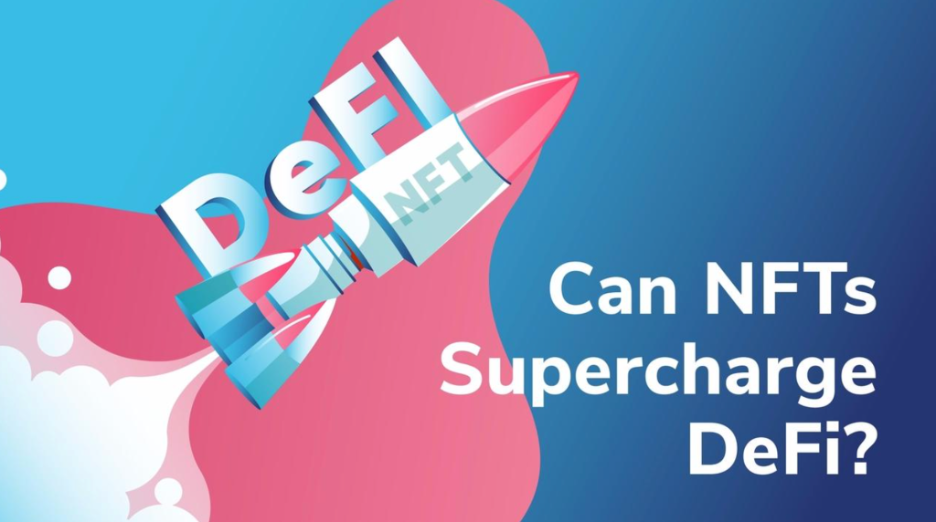
One of the great things about NFTs is that the owners never need to worry that a company will render it useless by freezing their account. Further, for digital items to have a sustainable, tangible value, they must stay independent of central control. Otherwise, the powers that be can dispossess any owner of a digital asset on a whim.
NFTs Art and More
Most people have already heard of the outrageous prices NFTs created by digital artists like @Beeple can command. Art, however, is only one part of the new metaverse economy. Virtual land, buildings, names, and avatars can be bought and sold as NFTs. In the metaverse, people also can tour virtual properties and attend virtual concerts.
At the moment, speculators seem bent on gobbling up as many NFTs as they can. But this is only the beginning. The real excitement will happen when people can experience NFTs as an immersive experience. Buying virtual land is nice, but the ability to walk around and experience it will be a game-changer.
Some have even predicted that virtual worlds based on the NFT economy will outpace the natural world’s economic growth within a decade.
The NFT frenzy has attracted more interest in blockchain-based virtual environments. Some of the more popular decentralized platforms are Cryptovoxels, Decentraland, Somnium Space, and The Sandbox, which leads us to the next topic; decentralization.

Why the Metaverse Needs Decentralization
A decentralized economy is the best way to ensure an efficient, fair, and sustainable metaverse. Decentralization is critical because if a single entity grabs the lion’s share of control over the metaverse, they’re likely to become another Apple and exact a hefty fee from any transactions. Such a situation could put a stranglehold on efficiency and stifle innovation.
Hence, it must be open and decentralized for the metaverse to thrive. We don’t need another single actor controlling the assets.
Why the Metaverse Needs Interoperability
At present, the metaverse is not interoperable. Instead, we have multiple platforms that compete for users. This situation is similar to how the internet operates. There are lots of different sites and apps, but they share little between them. The same is true with game engines. You can’t take the Unreal Engine and open a game made in Unity.
To unite digital worlds in the metaverse, explorers need to have a way to move across different platforms. New platforms are emerging, but more needs to be done to get the assets compatible with each other, and users need the power to take their in-game assets to different game worlds.

Whereas, if we take Omniverse as an example, we find that it allows creators to collaborate in real-time across various apps, similar to collaborating in 3D worlds with Google Docs. Omniverse uses Pixar’s Universal Scene Description technology, which is open source. That means devs can integrate the technologies into their apps.
The Metaverse and Shareable Data
It would be great if all those creating metaverse projects would work towards sharable technologies and assets. Data needs to be open and accessible. Sharing information is only part of the story, however. Shared bandwidth and computation need to be added to the mix as well. Taking the best aspects of Omniverse and decentralizing it would be an excellent start.
The Ethereum Blockchain Metaverse
The difference between blockchain projects and non-blockchain ones is the blockchain offers an infrastructure that’s interconnected and immutable with shared economic standards. All thanks to Ethereum and NFTs. This kind of infrastructure is unprecedented in the history of the metaverse.
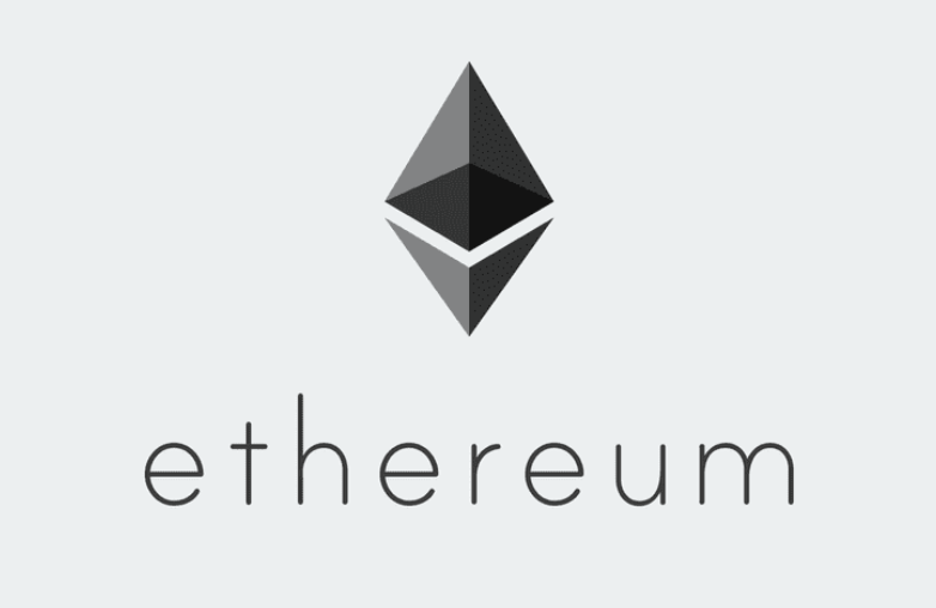
Ethereum’s metaverse has systems with irrevocable property rights and their own social, economic, and entertainment values. That’s not so unique, but Ethereum brings substantial economic value to the metaverse. That’s because Ethereum-built metaverses have free markets and digital ownership.
Free markets provide the environment to enhance value creation and creativity, while digital property rights see that creators get to reap the rewards of their work. These two properties are nonexistent on traditional gaming platforms.
So, Ethereum has solved the economic system problem in its corner of the metaverse. Novel groups and new opportunities will help virtual communities grow and thrive under its infrastructure, leading to a new metaverse Renaissance. Indeed, this section of the metaverse will evolve in some unpredictable, unprecedented ways moving forward.
The Metaverse and the Virtual Land Boom
Along with digital art, virtual real estate prices are also booming. Decentraland has earned over $50 million in sales involving virtual land, usernames, avatars, and wearables. But specific to virtual land, one whale set a sales price record buying a patch of it for $572,000 earlier this month. Somnium Space also sold a plot for more than $500,000 back in March.
Even the powerhouse Atari is reportedly launching a virtual world on the blockchain, having inked a deal with Decentraland to open a casino. So, it’s no surprise that metaverse aficionados draw comparisons between the virtual land rush and the dot com domain name rush back in the internet’s early days.
Such action has drawn the attention of speculators. With more people congregating in these environments, investors believe virtual land in highly trafficked locations will become highly sought-after. Some are so addicted they’ve washed their hands of real estate investing in the real world, preferring full-time virtual real estate acquisitions.
Decentraland – More Than Virtual Land
We already wrote about Decentraland in an earlier article. It’s a 3D space where users can play games and build worlds on virtual real estate. Users can sell virtual art in virtual galleries, attend live, virtual concerts, and use conference space. Also, with MetaMask connected, users can access the NFT and cryptocurrency features.
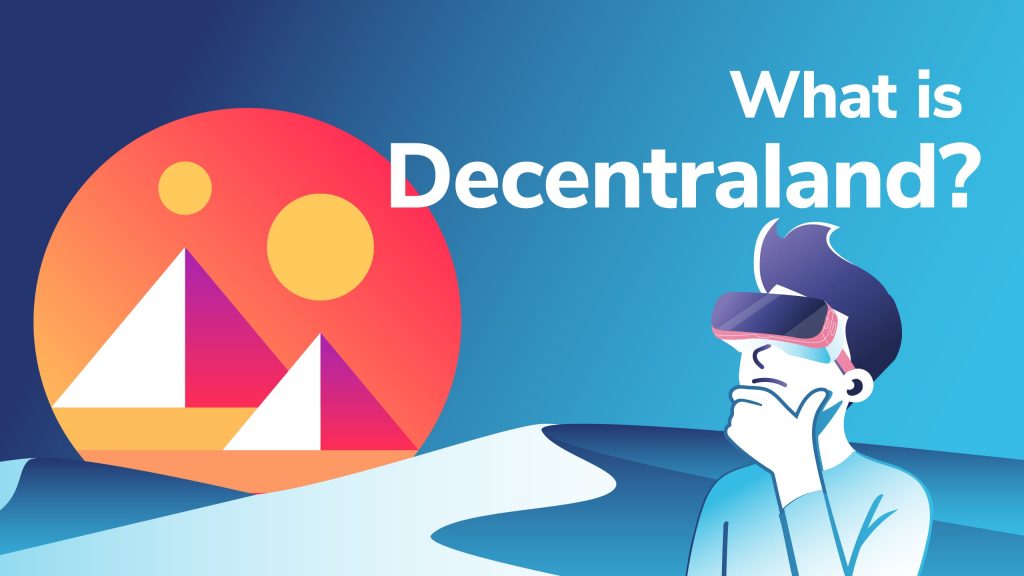
Moreover, Decentraland has its own cryptocurrency, the MANA token, which has rocketed upwards of 3,500% over the past year. The platform also attracts musicians to perform where they can sell tickets and merchandise as NFTs.
You might have heard the saying, “the first one over the wall gets bloodied” (or a version of it). But this is how things progress, and it typifies what first-goers and early investors are likely to experience. The metaverse is a sparsely populated zone with speculators encamped on the digital outskirts of society. But the potential is largely untapped.
NFT Speculators
Most people may never use virtual worlds, but bullish speculators believe these kinds of platforms will be the next big thing and that NFT real estate will climb in value into the millions of dollars. Nevertheless, NFTs are an extremely volatile asset class. Also, since NFTs could be in a bubble, it’s likely to experience a version of the crypto winter before lurching forward.
Artificial Intelligence (AI) and the Metaverse
AI could also play a massive role in the metaverse with its many use-cases. It could conceivably create and audit smart contracts. One day, AI could take inputs like graphic renderings and create fully immersive virtual worlds. It certainly can improve the processes developers use to build out the metaverse.
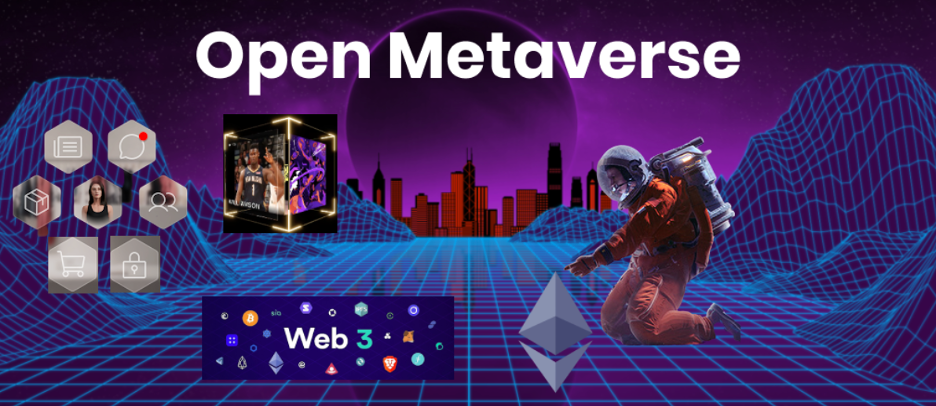
Exploring the Metaverse – Conclusion
With VR on the rise, we are sure to see the metaverse continue to evolve and mature.
Metaverse sales amounted to approximately $20 million in 2020. Sales in the first quarter of 2021 quickly eclipsed last year’s total already at around $30 million. Some even predict the metaverse will be its own economy one day, and a huge one at that. The rosiest predictions have it surpassing the present-day global economy by 10x.
In the future metaverse, our five senses could blend with the digital world, and we’ll be able to immerse ourselves in 3D environments whenever we choose. If those kinds of worlds are to be where we’ll be spending a lot of time, hopefully, they won’t be controlled by centralized organizations or individuals. Can you imagine immersing yourself in a virtual world controlled by Mark Zuckerberg?
For the metaverse to succeed, crypto and decentralization need to rise to the occasion and break down existing silos and central control.
We’ve talked a lot about various aspects of the metaverse. But when it comes to the foundational aspects of it, the Ethereum blockchain is paramount. If you want to become an expert in Ethereum, you’ll need the world-class blockchain education that Ivan on Tech Academy offers. Get started today!
Author: MindFrac





